5 Reasons You Should Not DIY Tree Removal
Tree removal may seem like a task suitable for weekend warriors armed with chainsaws and ladders, but it presents numerous hidden dangers and complexities that demand professional intervention. While it might be tempting to tackle the job yourself in an effort to save money, the reality is that it could cost you far more in the long run. Not only are you risking injury and potential property damage, but you could also face legal and environmental repercussions.
1. Safety Hazards
When contemplating DIY tree removal, one of the foremost concerns should be the risk of personal injury. Falling branches can quickly turn a calm afternoon into a medical emergency if you're not skilled in predicting how a tree will respond to cutting. Inadequate knowledge of the physics involved in tree cutting can lead to unexpected accidents, from minor injuries to serious, life-threatening situations. Factors such as the angle of the cut and the tension in the wood require expert understanding to manage safely. Furthermore, tools like chainsaws pose inherent dangers if you're unfamiliar with their operation, emphasizing the risk of attempting such a task without professional guidance.
Trees, particularly those that are diseased or dying, may behave unpredictably during the removal process. The internal structure of sick trees can be compromised, making them less stable and more likely to fall in unexpected directions when cut. Decaying branches might snap off under the pressure of the saw, endangering the individual attempting the removal. Even experienced arborists may find themselves surprised by unexpected movements, which underscores the risks for an amateur. The presence of hidden rot or decay can lead to catastrophic failure, putting both the property and individuals near the tree at significant risk.
Using powerful equipment such as chainsaws, wood chippers, and cranes involves notable risks even for those familiar with their operation. Misuse of such equipment can lead to catastrophic injuries, including severe cuts, lacerations, or even amputations. Without training, even a slight miscalculation or distraction while operating a chainsaw can result in disaster.
2. Lack of Proper Tools and Equipment
Tree removal is not a task that can be accomplished with simple, everyday tools. The specialized equipment required for safe and effective tree removal typically includes chainsaws, wood chippers, ropes, rigging gear, and cranes. These are not tools most homeowners have on hand or know how to operate safely. Moreover, each type of tree and removal scenario might require specific tools and techniques, complicating the process further. In addition to height, a tree's species also factors into the cost of removal as some trees have exceptionally hard wood or extensive root systems that demand specific equipment. Thus, professionals are often the only ones equipped with the necessary gear to handle the variety of challenges posed by different trees.
The maintenance and operation of tree removal equipment entail a level of skill and knowledge that goes beyond basic usage. Chainsaws, for instance, require regular sharpening, cleaning, and oiling to operate safely and efficiently. Understanding the intricacies of heavy machinery operations is critical to prevent equipment malfunctions that could lead to injury or ineffective tree removal. Furthermore, improperly maintained tools can fail during use, putting the operator and anyone nearby in danger. Maintenance expertise ensures that equipment operates smoothly, highlighting why this job is best left to those who possess the technical knowledge necessary to manage it.
3. Potential for Property Damage
One of the primary concerns when removing trees is the potential for damage to properties, including homes and surrounding structures. Simultaneous management of the falling trajectory and weight of tree branches poses risks that might lead to inadvertent dropping onto buildings, fences, or vehicles, causing substantial damage. A misplaced limb or trunk can easily wreak havoc, resulting in costly repairs and restorations. This risk intensifies with trees close to structures, making a precise approach essential to avoid significant property damage. Entrusting professionals with their controlled and measured approach can safeguard against such detriments, ensuring both efficacy and safety.
Inappropriate tree removal practices can devastate not only hard structures but the surrounding natural landscape as well. Overstepping in terms of required cuts or stump removal can irreparably disturb lawns, gardens, and other plant life established around the tree. This damage, combined with improper debris handling, can degrade soil quality, ruin aesthetic appeal, and necessitate expensive landscape rehabilitation. Professional removers consider landscape preservation as a critical facet of their plans, adhering to best practices to ensure minimal disturbance to the existing terrain. Their precise strategy maintains harmony within the natural environment and minimizes restoration requirements afterward.
4. Legal and Regulatory Issues
Many regions impose regulations requiring permits or approvals for tree removal, a fact often overlooked by DIY enthusiasts. Without these necessary legal documents, you run the risk of attracting fines, legal action, or forced cessation of removal activities. Legal compliance ensures activities adhere to municipal codes, environmental policies, and appropriate land use management practices. Professionals bridge this gap by navigating regulatory frameworks seamlessly, acquiring essential permits where necessary. Engaging their service eliminates potential legal liabilities, ensuring adherence to stringent regulations that govern tree removal operations.
Specific local and national environmental regulations govern the protection of tree species, particularly those deemed critical or endangered. Removal without consideration of these rules might result in severe legal repercussions, including penalties or enforced property restorations. Ignoring such regulations further harms local biodiversity, undermining conservation efforts that aim to maintain ecological balance and protect vital habitats. Professionals are typically well-versed in these provisions, helping preserve biodiversity through responsible removal practices and compliance with environmental legislation. Their expertise furthers sustainable industry practices, building bridges between necessary removal works and long-term ecosystem stewardship.
5. Environmental Impact
Tree removal executed without consideration for the larger environment can result in significant ecological impacts, such as loss of habitat. Trees support various species, including birds, insects, and mammals, which rely on them for nesting, food, or shelter. Removing trees without proper consideration for these ecosystem dynamics can disrupt these vital support systems, leading to declines in local biodiversity. Arborists maintain an ecosystem-friendly approach, implementing methods that minimize habitat disruption and ensure ecosystem preservation. The careful execution maintains environmental integrity while still accomplishing necessary objectives for land use modification.
Tree roots perform essential functions in maintaining soil stability and preventing erosion, underscoring the ecological implications of careless removal. Sudden extraction of these supporting structures often results in loose soil, leading to stream bank destabilization and increased erosion susceptibility. This damage can cause silting or sedimentation, degrading water quality and creating further-reaching environmental challenges. Professional tree removers prioritize minimizing such impacts, employing techniques that stabilize soil post-removal and promote natural regeneration. Their strategies protect broader environmental wellness, contributing to the conservation of fertile land and water resource quality.
While the allure of DIY
tree removal may stem from a desire to save money or take on a personal challenge, the risks far outweigh the rewards. According to IBISWorld, there are over 30,365 tree trimming businesses operating across the United States, reflecting the demand for skilled professionals who understand the complexities of safe and environmentally responsible tree care. The process involves far more than just cutting down a tree—it requires technical skill, specialized tools, and an in-depth understanding of safety protocols, environmental impact, and legal requirements. Without professional expertise, homeowners expose themselves to significant dangers, including injury, property damage, and costly legal consequences. Contact Kelley Brothers Tree Service today for more information.
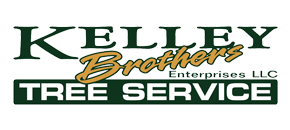

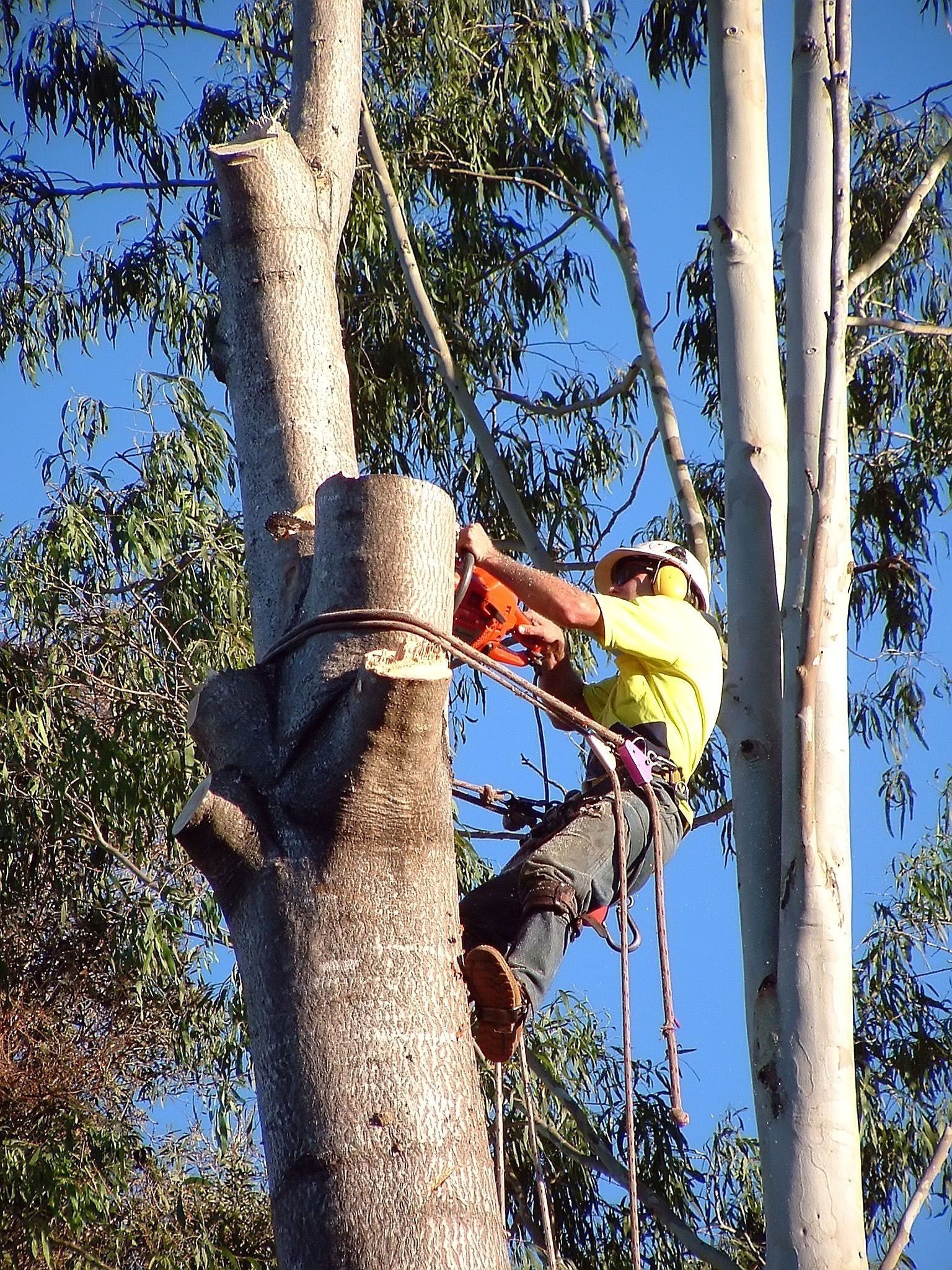
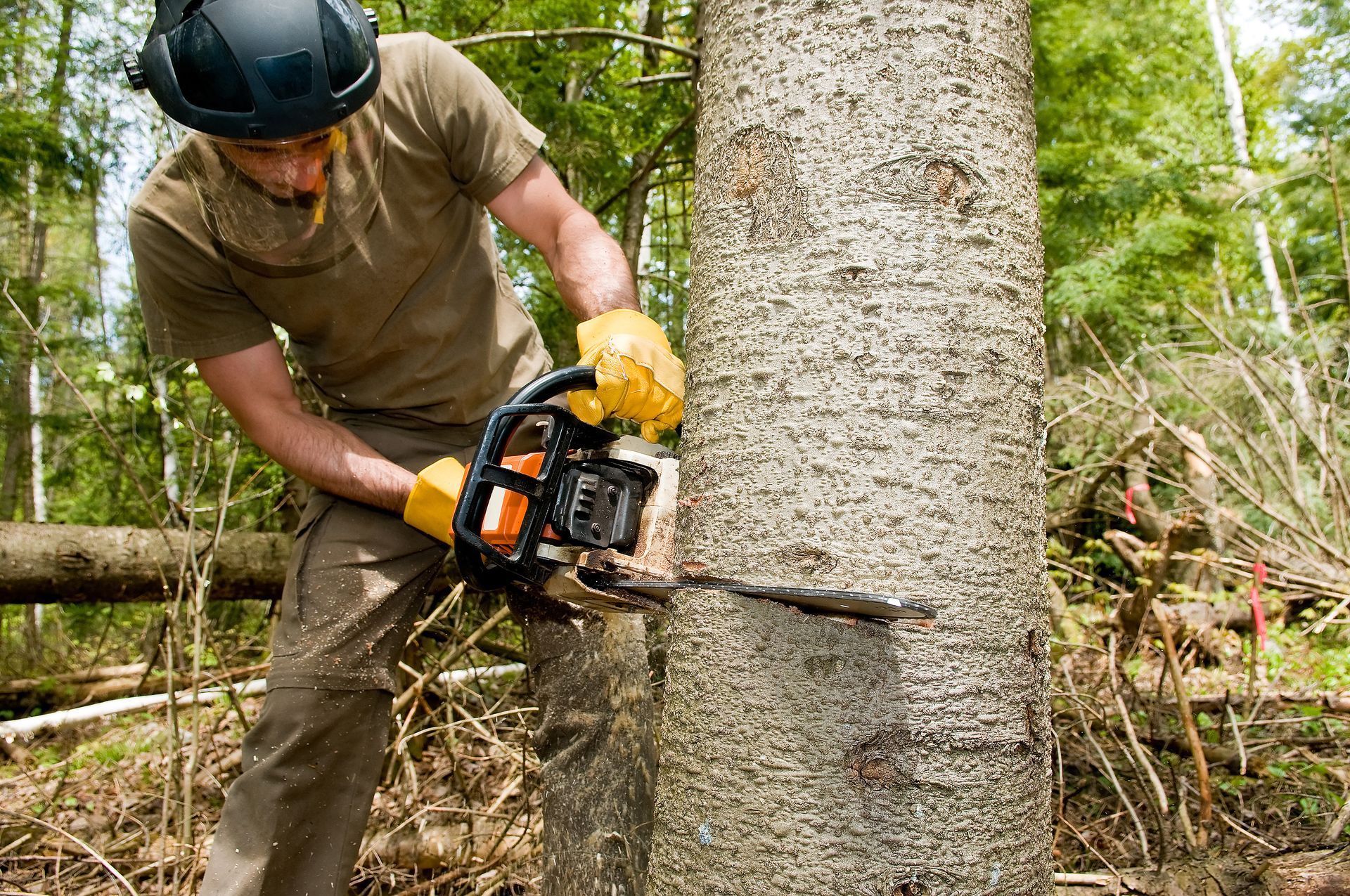
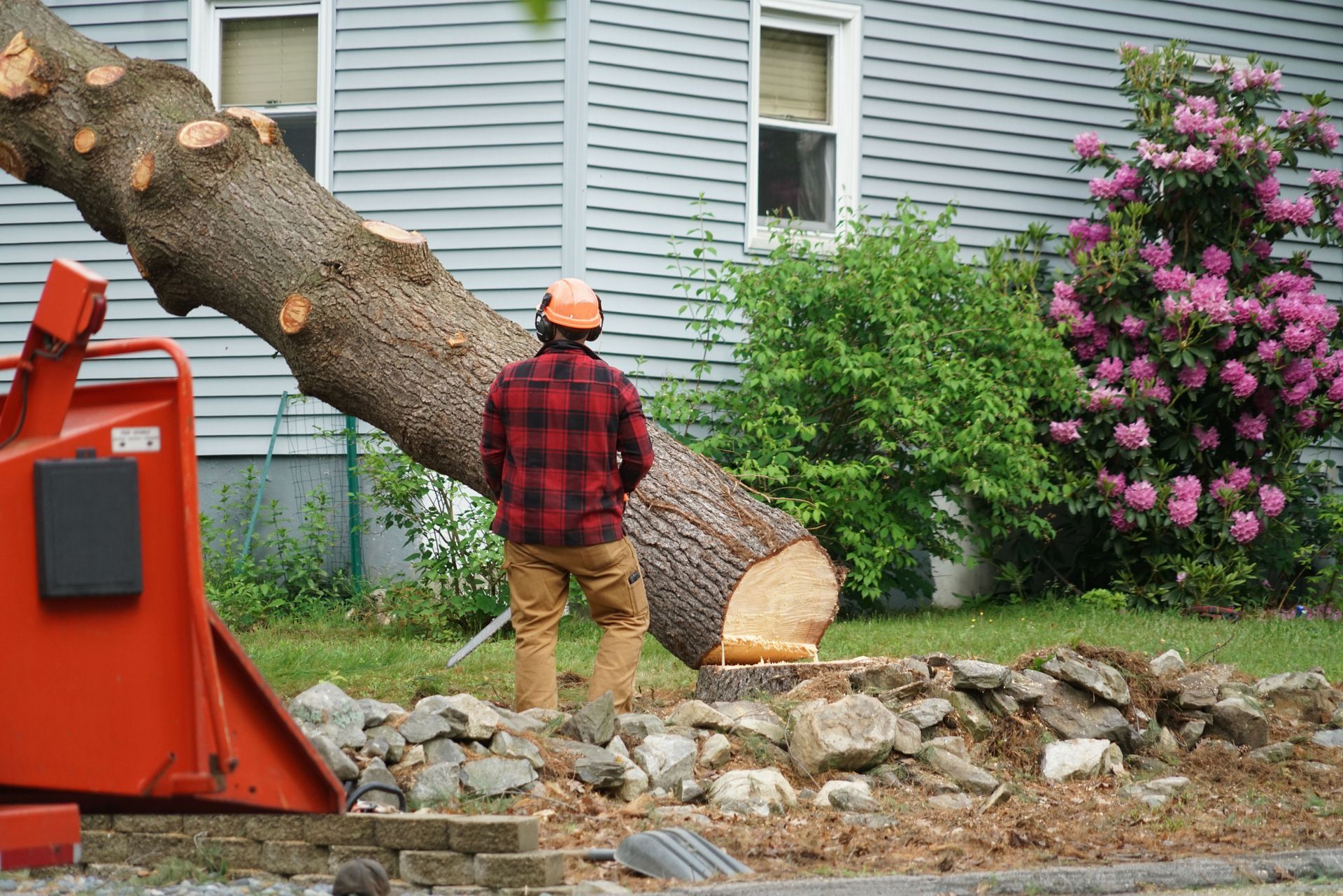
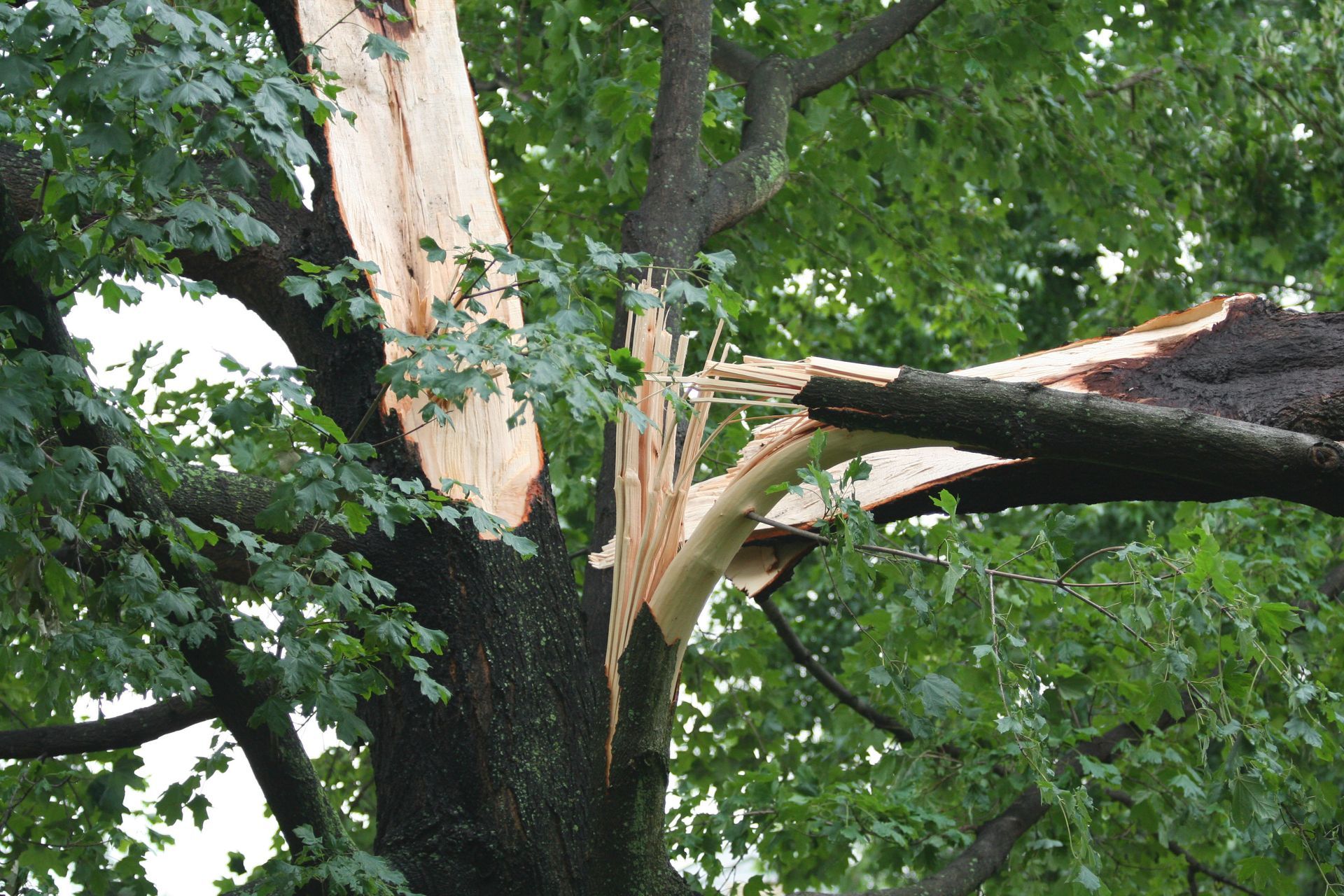
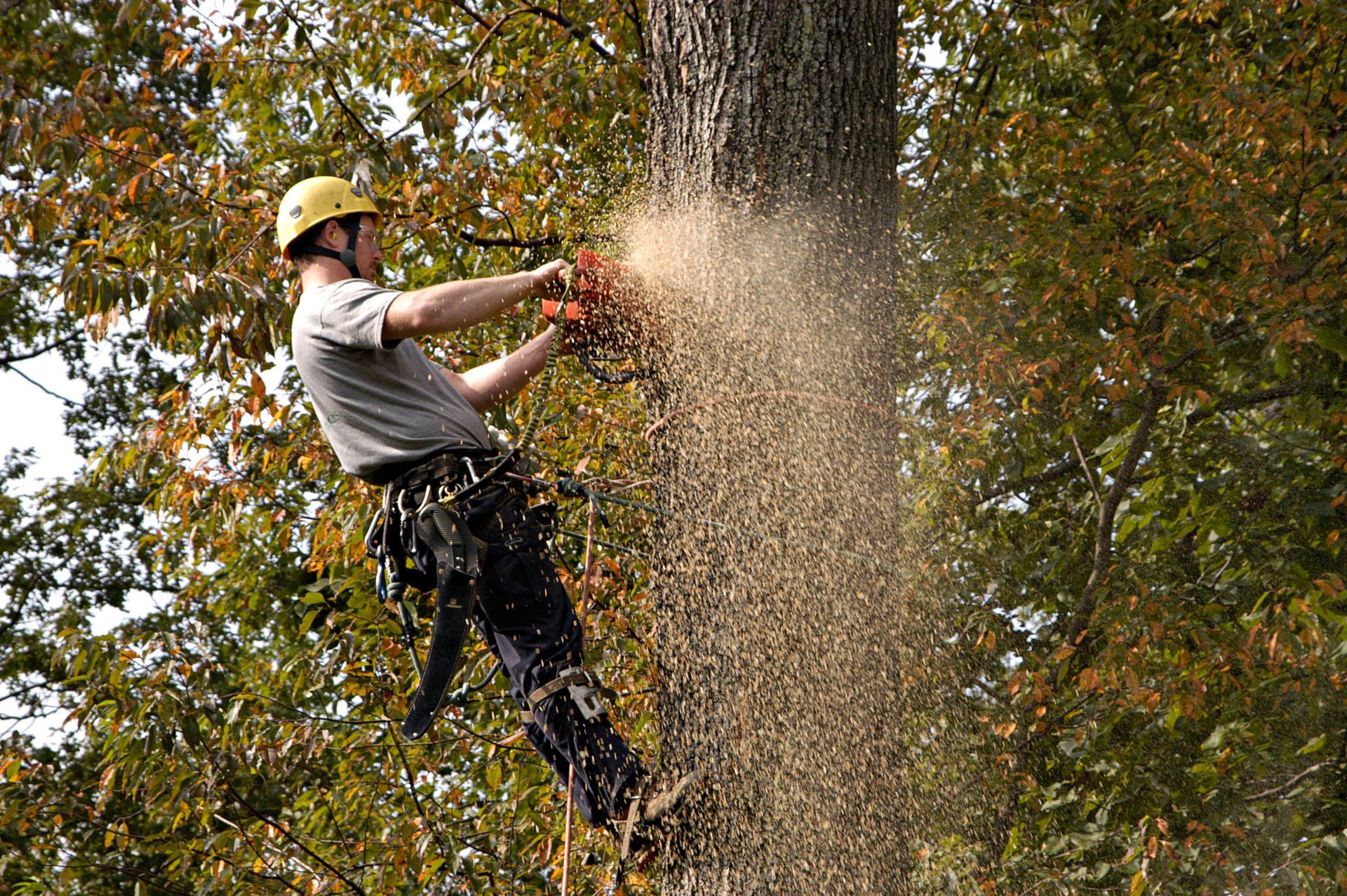
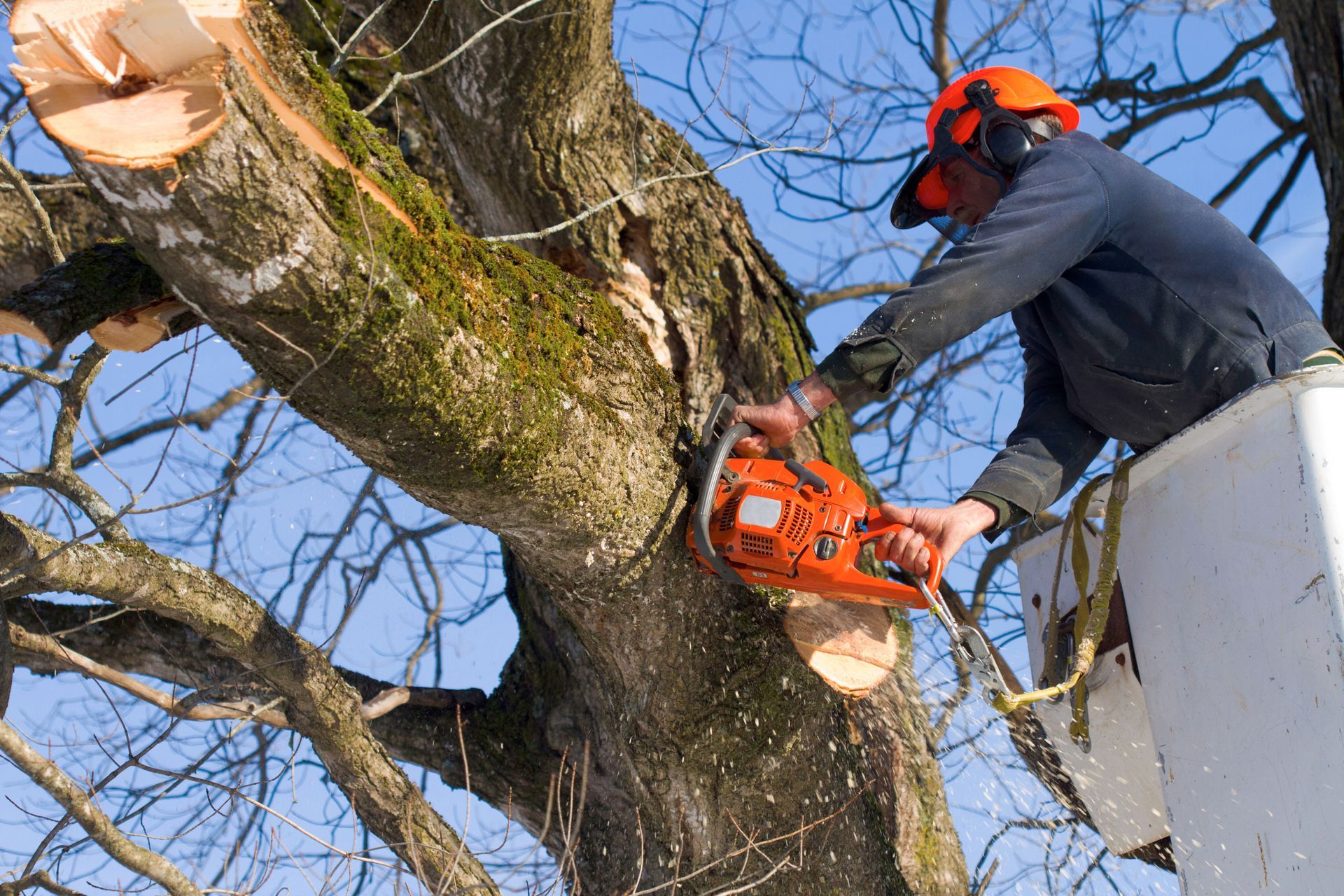
Share On: